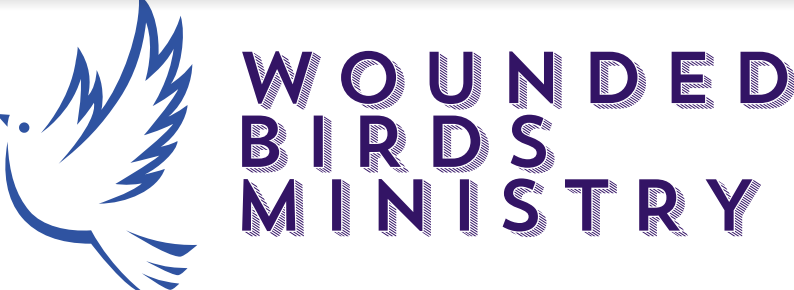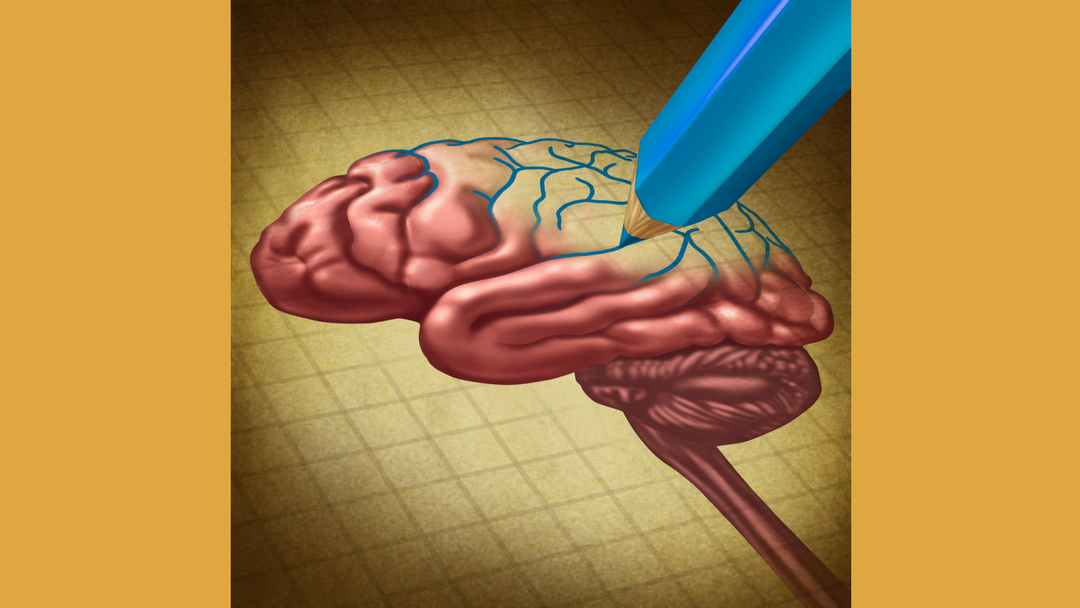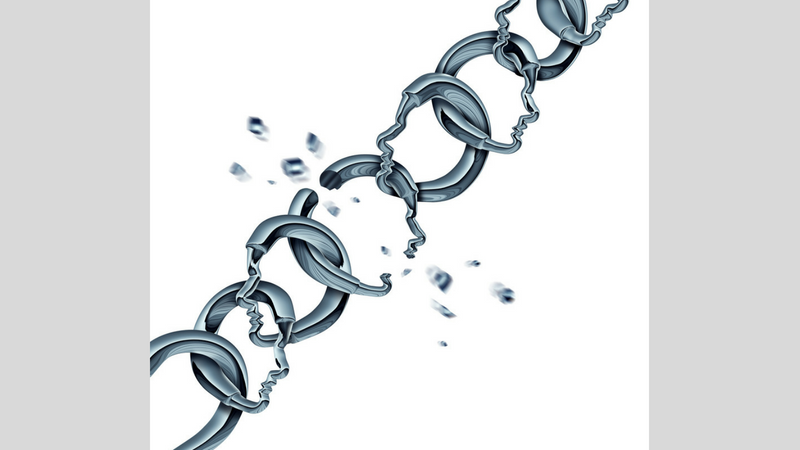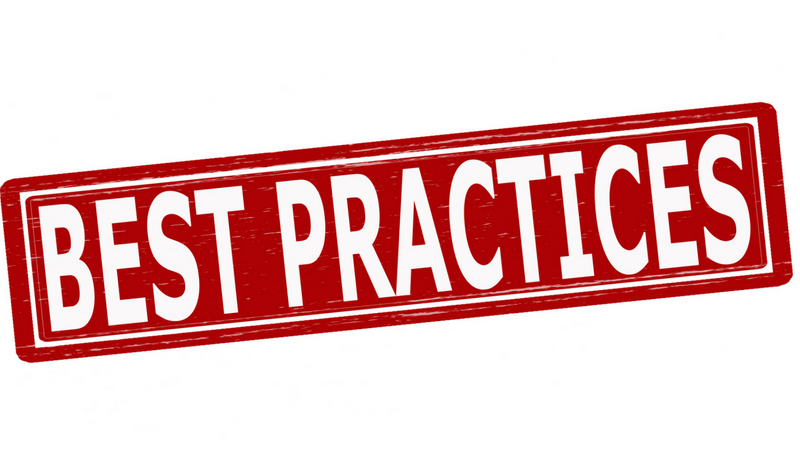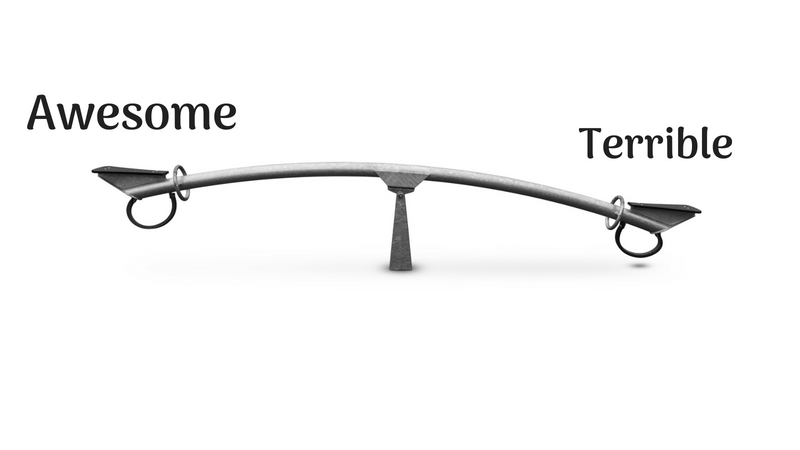Understanding the Automatic Tape in Our Heads
“It’s all in your head.” I have this in my Top 3 of all-time worst stigmatizing phrases. When asked what people in my support groups hear the most often, this phrase inevitably comes up. (Others include “you just need to lay it at the cross/turn it over to Jesus,” and “just get over it.”)
It took me a while to realize that these people were right, though not in the sense they meant. Increasingly, research shows that mental illnesses are physical disorders; that is to say, they are brain disorders. So yes – it’s all in our heads. Literally.
The more we understand these brain disorders, the better we can treat them and the automatic tape they record in our brains.
What Is a Brain Disorder?
So what do we mean when we call them brain disorders? Well, it means that we can see them on MRIs of the brain. We can compare a “healthy” brain to a “bipolar” brain, and see that certain areas of the bipolar brain are smaller, and have less white matter.
Interestingly, an ADHD brain looks different than a depressed brain, or an anxious brain, or a bipolar brain—or schizophrenic, etc., although there is some overlap between certain illnesses.
Your next thought is likely the same as mine when I first learned about this: “Awesome! I’ll just get an MRI and confirm my diagnosis.” Sadly, the science is not quite at this point yet.
Not only can we have overlap in how the brain looks between certain diagnoses, other factors can also impact the composition of the brain, such as childhood abuse (did you know that changes your brain?).
The good news is that there are some brilliant scientists doing some incredible research in these areas, and there’s optimism that we will understand these disorders better in the future. And with better understanding comes better and more targeted treatment options.
What we absolutely do know today is that we have some very effective treatment options at our disposal, outside of medication and the usual “eat right and exercise” standard recommendations for self-care.
One of the best options is called “Cognitive Behavioral Therapy” (CBT). CBT helps us change the way we think, one thought at a time.
Our Brains Create an Automatic Tape
Every one of us – even those with “healthy” brains – has a tape recorder in our brains that captures negative thoughts and words we’ve heard. When we are anxious or depressed (or in any altered mind state), the automatic tape starts to play, often on a loop.
“You’re not good enough,” it may say, or “you’re a burden to your family.” “You just need to try harder;” “no one likes you.” “You never complete anything.” These may not be what your automatic tape plays back to you, but it is what the tape in my head plays.
The worst part of an automatic tape is that we are not always aware of it. We don’t always catch these thoughts once they become automatic. CBT helps us with that; we make a conscious effort to capture each of these thoughts, shine some light on them, and challenge them for their truthfulness (spoiler alert: they’re usually false).
The shortcuts recorded on our automatic tape don’t happen in a vacuum. There is some experience behind them that causes them to be positive or negative. When we have negative experiences, an opening for a Thinking Distortion exists.
It may not become a default reaction after the first experience, or even the second, but at some point, the Thinking Distortion gets recorded firmly onto our automatic tape. Here’s a common example: We wave at Susie at church, and she doesn’t wave back). Immediately, the automatic tape in our head plays. A healthy response to this situation might be “Oh, too bad, Susie didn’t see me!” Someone with a Thinking Distortion may instead default to, “Why didn’t she wave back? What did I do?”
There are some common Thinking Distortions, such as Overgeneralization. When we overgeneralize, we use the words “never,” “always, “no one,” and “everyone.” Some examples are: “No one will ever be my friend,” and, “I always screw up. I don’t even know why I bother to try.”
Another common Thinking Distortion is Mind Reading, where we assume we know what someone else is thinking, such as “I can’t believe I said that. I know he thinks I’m stupid now.” When we use Thinking Distortions, we make assumptions and come up with answers that aren’t necessarily accurate.
The good news is that we don’t have to live with Thinking Distortions. Using CBT techniques, we identify the thoughts hiding in our automatic tapes and challenge them. We examine them closely for truthfulness.
From there, we look at the facts and objectively evaluate the event and the thoughts associated with it. Based on this evidence, we name the proper Thinking Distortion.
Once we know the Thinking Distortion involved (and sometimes there’s more than one), we can identify a healthier thought or response to the situation. “Susie is really friendly. She probably just didn’t see me when I waved at her. After all, she was organizing snacks at the time.”)
As we continue to evaluate and restructure our thinking, it becomes easier to identify Thinking Distortions when they happen. In fact, I’m known for saying, “There I go, Fortune Telling again!”
Changing the automatic tapes in our heads is not easy, and it is one of the most effective tools we have as part of our path towards recovery. It requires a conscious effort and we have to step outside our emotions and feelings to look closely at the situation and identify the Thinking Distortions that are involved.
As we continue to face these thoughts, evaluate them, and learn new ways of thinking, we start to re-wire our brains. Our brain didn’t create these shortcuts overnight, so we know that changing our thinking will take time, as well. With patience and continued effort, we can get there.
What are some of the things your automatic tapes say to you? Have you gone through a CBT exercise before? I would love to hear your experiences in the comments below!
Looking for daily inspiration and community? Join our warm and supportive Facebook group!
